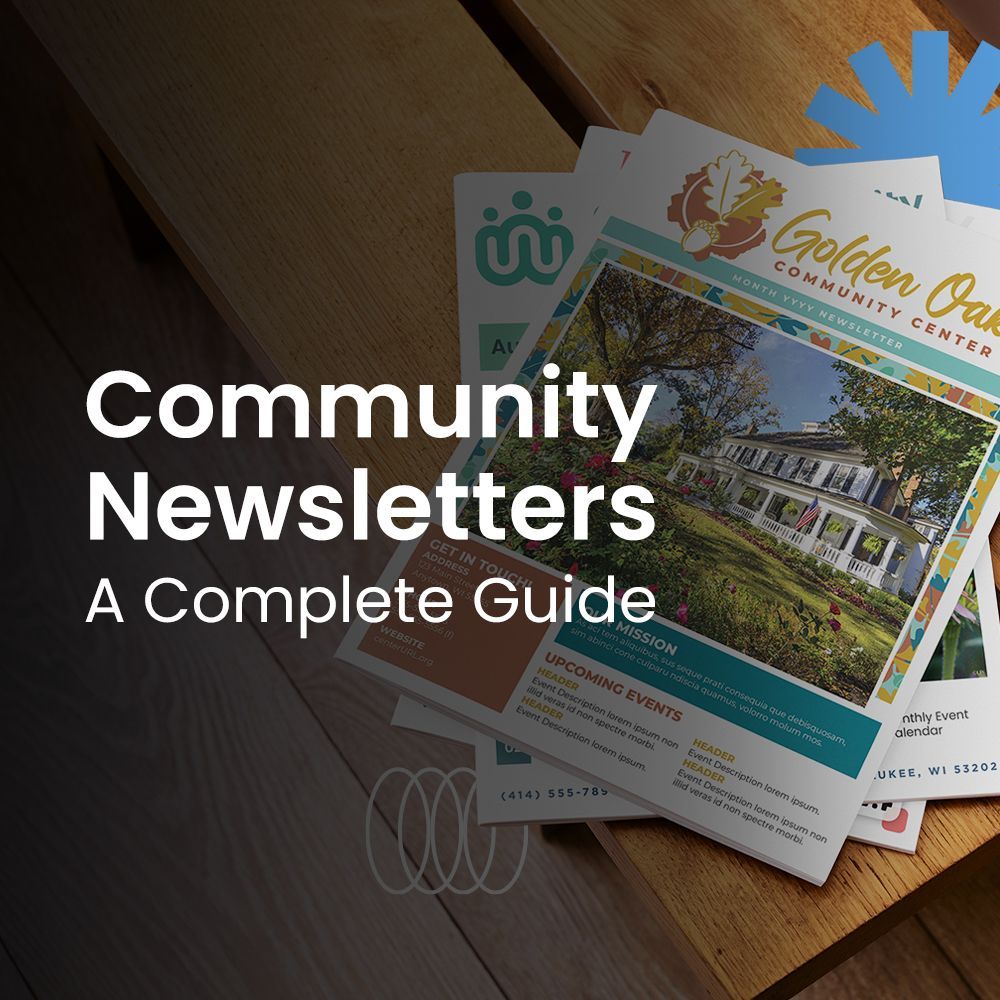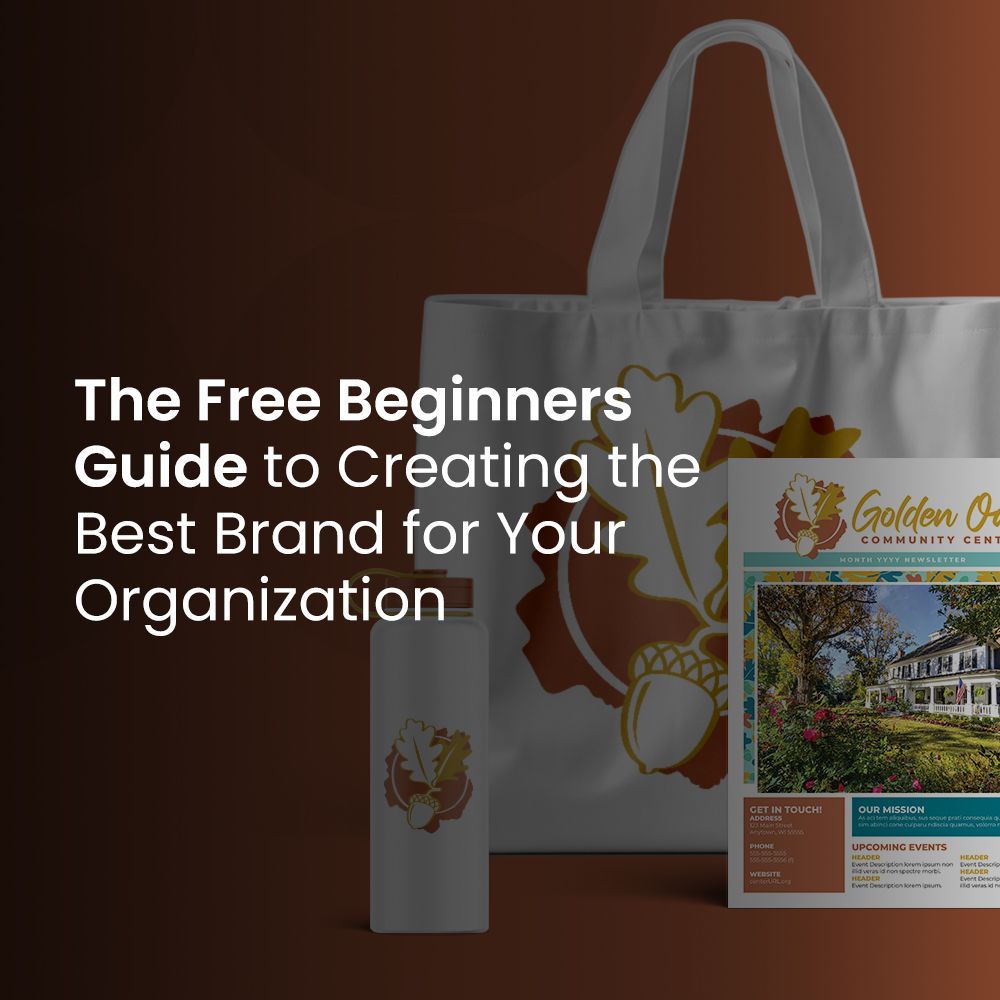Easy-to-Use Design Trends That CAPTURE Your Senior Audience

While effective communication is crucial for engaging with your organization’s target audience, it can also be challenging. The amount of information we’re exposed to daily can be overwhelming and cause people to tune out your message. This is one of the reasons why it’s important to remember that design plays a pivotal role in communication. Visual elements convey messages, build brand identity, evoke emotions, and help you out-compete the competition for attention.
Staying updated on constantly evolving graphic design trends is a must. Here are some current trends that will promote better communication with your target audience.
Using Design to Enhance Communication
- Minimalism and Simplicity
One of the most impactful trends in design today is minimalism. This design style focuses on simplicity, where less is more. Clean lines, ample white space, and an emphasis on key messaging can help your brand communicate effectively without overwhelming your audience. By eliminating unnecessary elements, minimalistic design allows for a clearer focus on the core message, making it easier for the audience to absorb and understand what you have to say.
Minimalism is particularly effective in designs meant for web and mobile when your target audience comprises of mostly older adults. Reducing visual clutter makes it easier on aging eyes, ensures that their attention remains directed at the most important aspects of your message.
- Bold Typography
Typography is a powerful tool in graphic design. Large, bold fonts, which are popular right now, are often used to communicate the main idea or message. They can be especially effective for
organizations who are targeting seniors. Bold typography can also convey confidence and authority, making it ideal for branding, advertising, and content-heavy websites.
Using bold typography in combination with vibrant accent colors against a white background can create a striking visual contrast that immediately draws the viewer’s eye.
- Custom Graphics and Video
While photography is still widely used in graphic design, video and custom graphics are becoming increasingly popular due to their versatility and unique appeal. Creating personalized design elements for your organization helps give your brand a distinct visual identity. Sharing custom graphics and videos on your social media platforms is also great for encouraging engagement.
If you are looking for a quick-and-easy way to find pre-made custom graphics for your communications, a subscription to a content library like
WeCreate is your answer. WeCreate is packed with digital graphics for every occasion, to be used in any communication, as well as written content to enhance newsletters and more! No need to design anything yourself again when you use a tool like WeCreate.
- Inclusive and Accessible Design
As awareness about inclusivity and accessibility grows, many designers are incorporating these principles into their work to enable everyone, regardless of ability, to enjoy their content. Accessibility-focused graphic design ensures that websites, apps, and advertisements are usable by individuals with disabilities. This includes designing with sufficient color contrast for those with visual impairments, providing alt text for images, and choosing typography that is legible.
Inclusive design can go beyond simply accessibility by focusing on creating designs that resonate with a diverse audience. This could involve visuals that represent different cultures, genders, ages, and abilities, ensuring that everyone feels seen and valued. This trend helps build a stronger connection between organizations and their audiences by showing that the organization cares about diversity and is making an effort to reach all segments of the population. When people see someone that looks like themselves in your communications, they can more easily envision themselves as part of your organization!
- ·Authenticity and Realism
With the rise of social media and user-generated content, consumers have become increasingly discerning when it comes to the brands they engage with — and suspicious of those design elements that don’t appear to be authentic. Authenticity is a key factor in creating a deeper connection with your audience.
Authentic visuals not only humanize your organization but also communicate that you are confident in what your organization is and values your member’s experiences. That’s why it’s best to rely on images you create, purchase, or get from a content library like
WeCreate, instead of those generated using AI (artificial intelligence).
Get Help With Your Design and Communication Efforts
We know our colleagues in the senior center and community organization fields often wear many hats. It can be tough to keep up with so many responsibilities. If you need a hand with art, design, branding, newsletters, and more, LPi has you covered! Contact us today to learn more!




